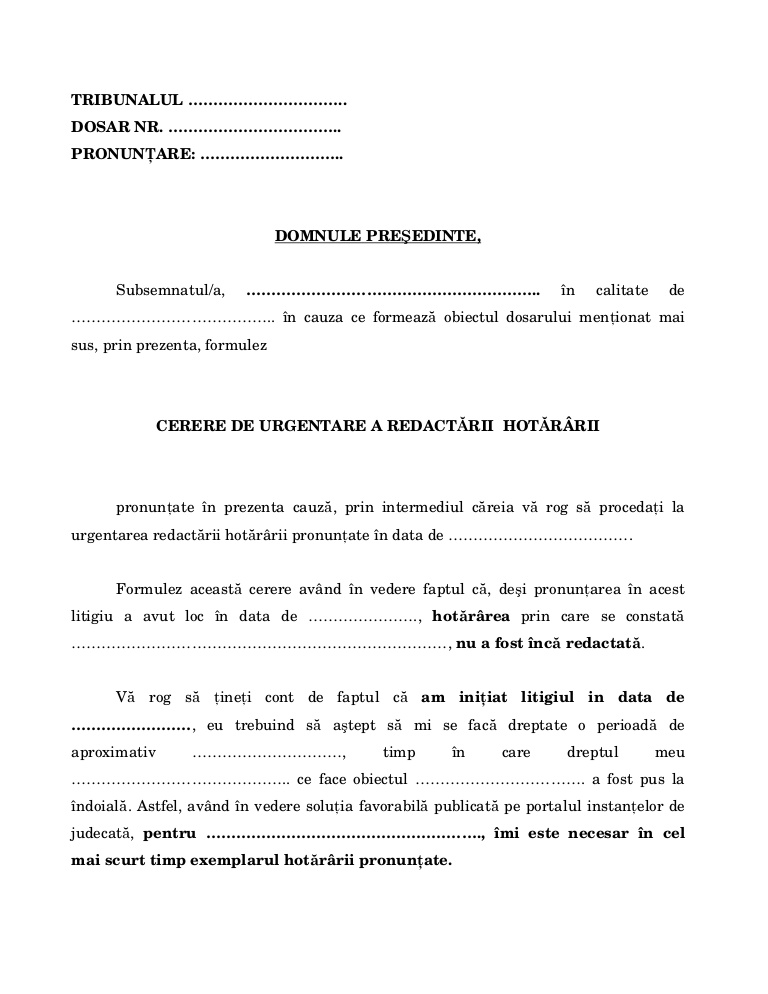


This paper focuses on the impacts of reservoirs on downstream flood peak discharges and particularly on the flood frequency curve. These alterations determine several impacts, namely, on the downstream hydrological regime (i.e., alteration of high and low flow magnitude, frequency, and timing see, e.g., Graf, 2006 Magilligan & Nislow, 2005 Wang et al., 2017), on geomorphology (i.e., sediment trapping, channel degradation or aggradation, and planform changes see, e.g., Collier et al., 1996 Walker, 1985 Williams & Wolman, 1984), and on ecology (i.e., hydrologic and riparian disconnectivity see, e.g., Nilsson & Berggren, 2000 Poff & Zimmerman, 2010 Pringle, 2003). The regulation of rivers with reservoirs is meant to alter the natural flow regime by storing and releasing water volumes, with specific operation rules, in order to meet human needs (e.g., irrigation, water supply, hydropower, flood control, and recreational use). Some of the assumptions of the method (i.e., catchment simple morphology and linearity of reservoir response) are relaxed in a real-world example, which demonstrates that the synthetic results approximate well what would be obtained by a more realistic model. With the Instantaneous Unit Hydrograph-based model, we also investigate how the duration of extreme rainfall relevant for determining the maximum flood peaks at the catchment outlet changes depending on the three system characteristics. Interestingly, for large reservoirs with relatively small spillways, a range of quasi-optimal positions exists.


An optimal position exists, which maximizes the degree of flood peak attenuation, and is in general different from the outlet of the catchment. The degree of flood peak attenuation increases for increasing storage capacity and spillway dimensions, in different ways depending on the reservoir position along the river channel. These three system characteristics are quantified by three dimensionless numbers, which are derived analytically for an idealized catchment. Using a parsimonious Instantaneous Unit Hydrograph-based model, we show that the flood peak attenuation is mainly controlled by three system characteristics: (1) the reservoir position along the river channel, (2) the spillway dimensions, quantified by the reservoir storage coefficient and (3) the storage capacity. This paper proposes a method to easily quantify the attenuation due to a reservoir on downstream flood peak discharges, that is, to the downstream flood frequency curve.


 0 kommentar(er)
0 kommentar(er)
